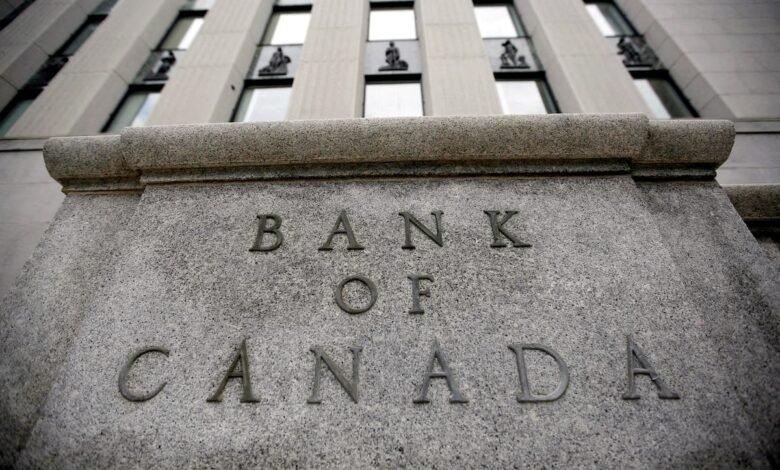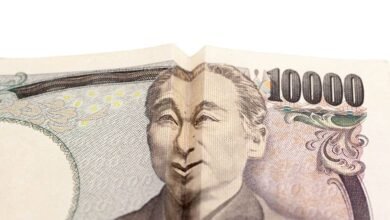A playbook for the Canadian dollar as hedge fund bearishness reaches near record extremes

Hedge fund bearishness on the Canadian dollar hovers near record levels, exceeded only once this millennium. Citi foreign exchange strategist Daniel Tobon views upside on the loonie as capped in the months ahead and any rally following today’s Bank of Canada rate cut should be sold.
Mr. Tobon is not just bearish on the domestic currency versus the U.S. dollar but also against other commodity-driven currencies such as the Australian dollar, New Zealand dollar and Norwegian kronor.
The first two charts below get to the heart of why the domestic currency has been struggling. The first represents the short-term yield spread, the difference between the yield on the two-year government of Canada bond yield and the two-year U.S. Treasury.
After a long period when the loonie was not closely tracking any of its usual drivers – crude prices or copper prices or yields – price swings are now more correlated with the spread (this correlation is supported by variance calculations).
Loosely stated, higher bond yields and associated stronger economic growth attract foreign capital, which in turn creates demand for Canadian dollars in global currency markets. So when domestic bond yields are well above U.S. yields, as they were in November of 2021, the loonie is stronger.
Recently, U.S. economic growth has been far stronger than domestically. Bond markets, in recognition of slower growth and in anticipation of a Bank of Canada rate cut to address it, have been driving bond yields lower relative to Treasuries. This has pushed the domestic currency lower, as shown in the second chart.
The third chart shows the dramatic extent of speculative bearishness on the loonie. The data from the U.S.-based Commodity Futures Trading Commission shows the net non-commercial (speculative) Canadian dollar futures position – the number of optimistic futures bets minus pessimistic bets.
Outside of a brief period in May of 2017 when domestic bond yields fell below U.S. yields – a rare occurrence – speculative investors are now more bearish on the loonie than at any time since 2000.
Neither the Canadian dollar or the domestic two-year bond yield budged much in the aftermath of Wednesday’s Bank of Canada rate cut, a clear indication that markets had already mostly priced in the event. The currency was lower by only two-tenths of a cent and the two-year yield fell as much as eight basis points to 3.97 per cent in morning trading.
Citi economists expected Tiff Macklem to wait until July to cut rates but Mr. Tobon’s market advice still holds with the earlier move. He believes that because of the sheer popularity of the loonie short, the first rate cut may prove a catalyst for some funds to take profits and cover the short. This would cause a rally in the Canadian dollar but one that Mr. Tobon feels is a good opportunity to reload on shorts rather than buy.
Citi provided technical advice for speculative investors looking for levels to sell the loonie. Mr. Tobon noted that the 73.53 US cents has proved resistant in recent sessions but if the Canadian dollar rallied past that, the next target would be 73.66 US cents, the 200-day moving average.
Citi is only one research firm but it should be noted that pessimism on the loonie is widespread. The relative economic growth paths of the United States and Canada, and their effects on bond yields and currencies, is expected to continue for the foreseeable future.
Source link





